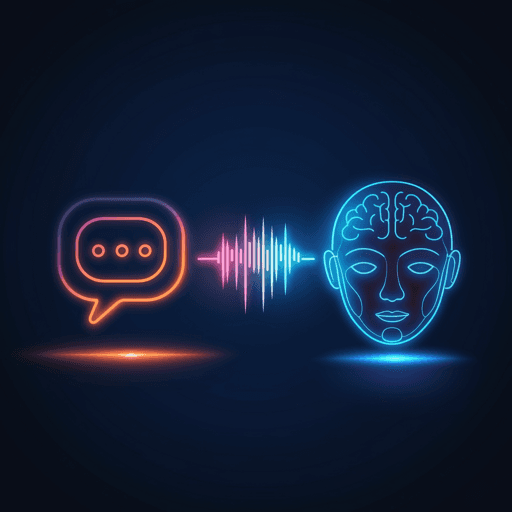
Medicine and Health
Usability Comparison Among Healthy Participants of an Anthropomorphic Digital Human and a Text-Based Chatbot as a Responder to Questions on Mental Health: Randomized Controlled Trial
A. O. Thunström, H. K. Carlsen, et al.
BETSY compared a digital human with anthropomorphic features and a text-only chatbot for mental health support, finding the text-only chatbot rated significantly more user-friendly while EEG showed no difference; women reported more annoyance. This research was conducted by Almira Osmanovic Thunström, Hanne Krage Carlsen, Lilas Ali, Tomas Larson, Andreas Hellström, and Steinn Steingrimsson.
~3 min • Beginner • English
Related Publications
Explore these studies to deepen your understanding of the subject.







